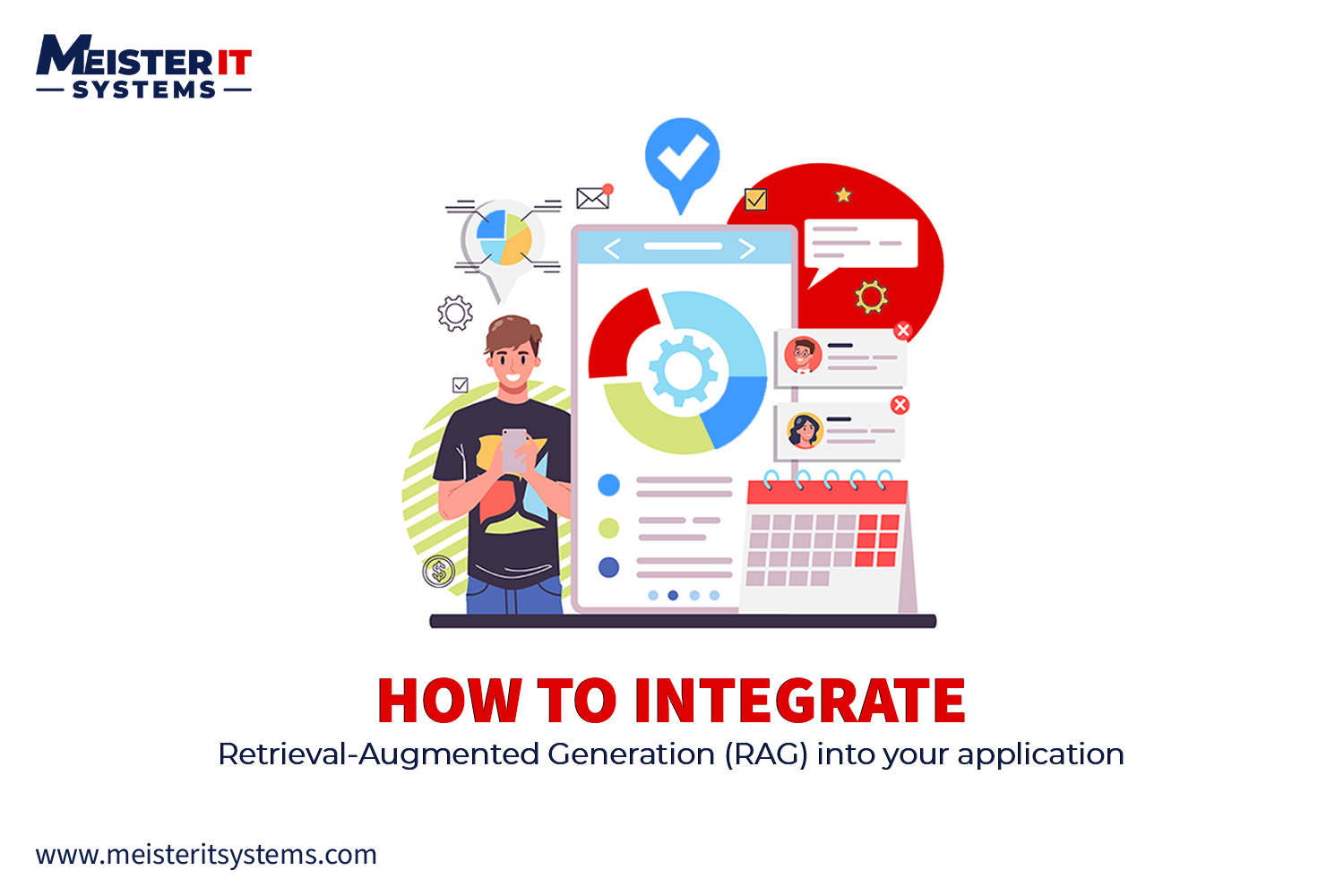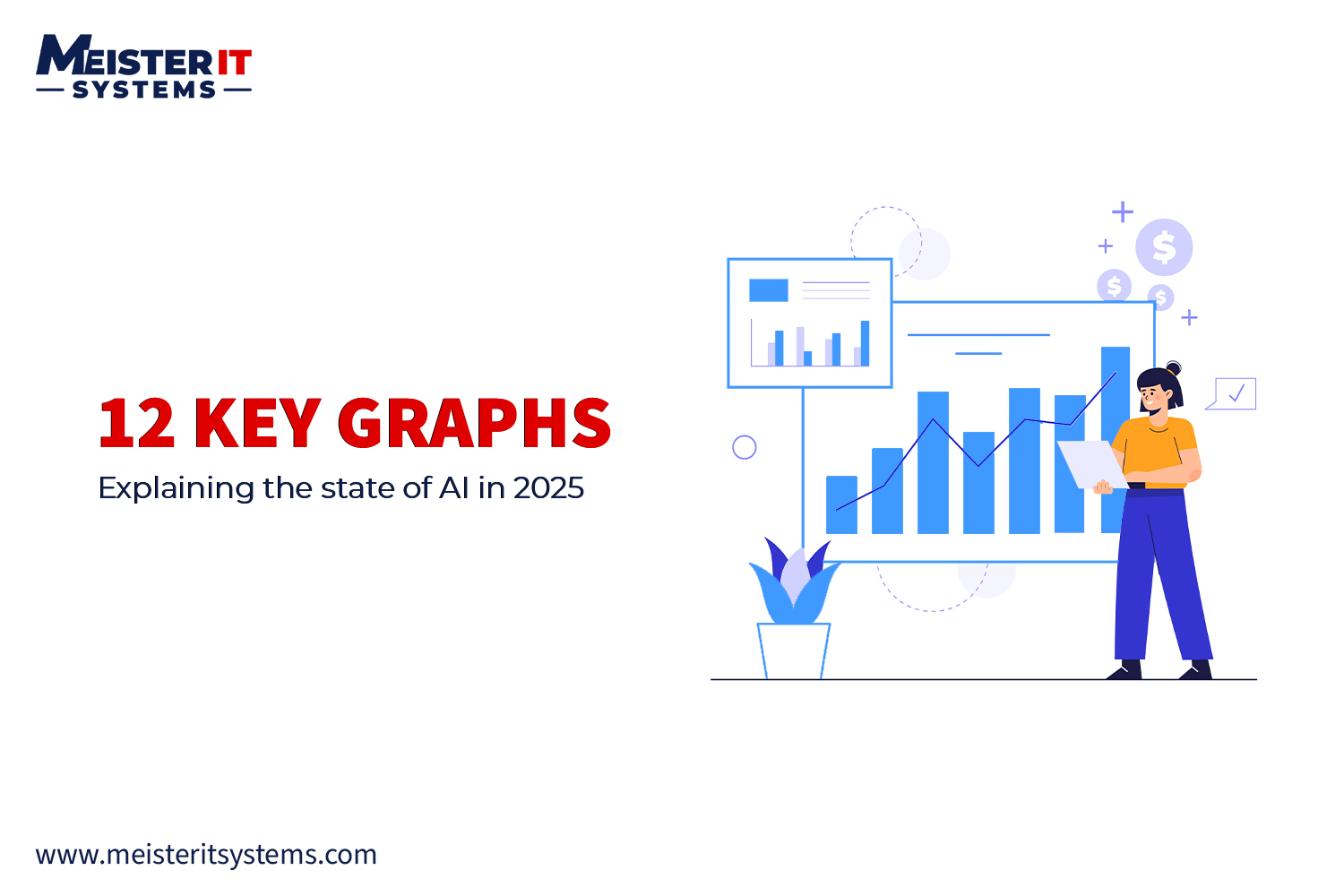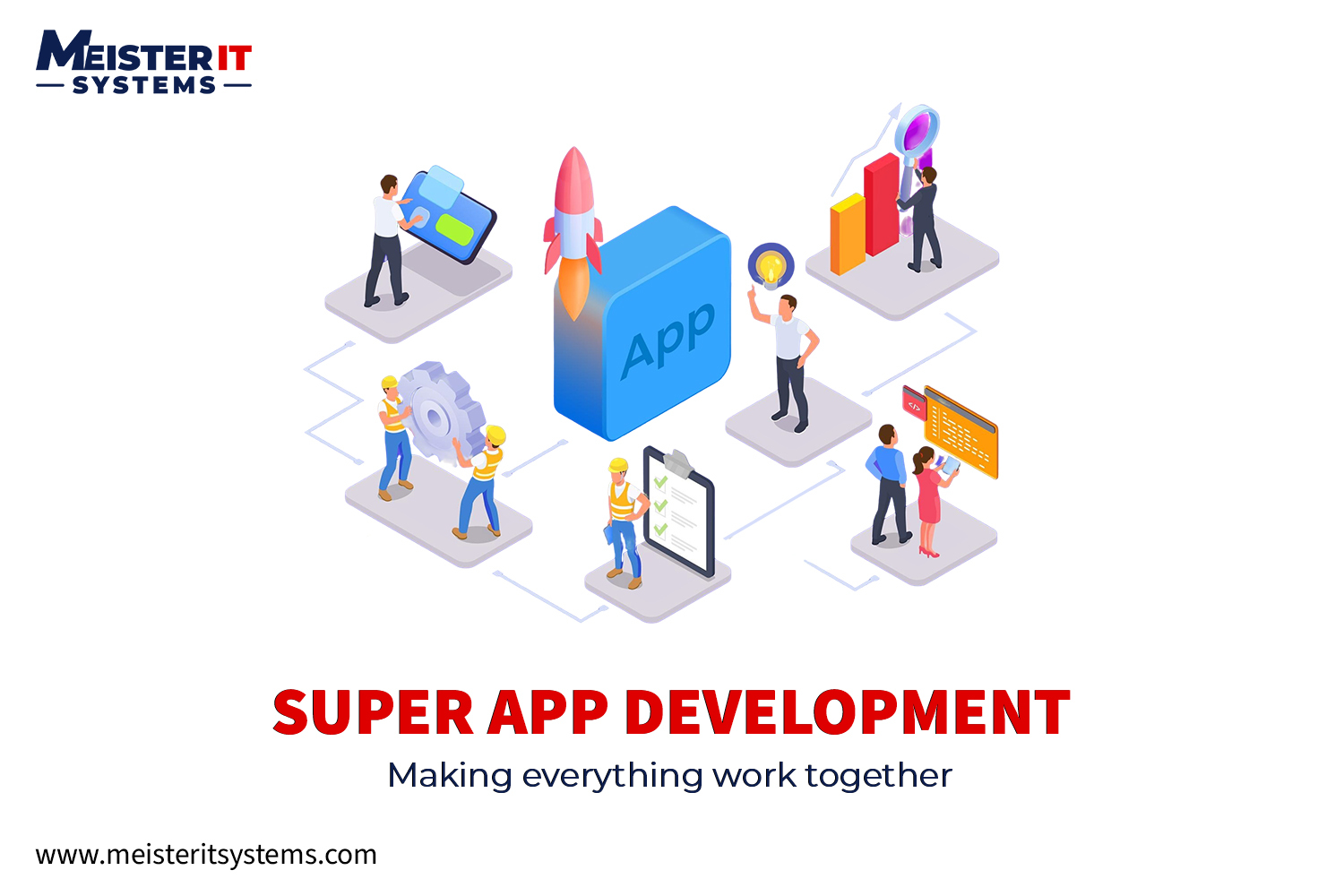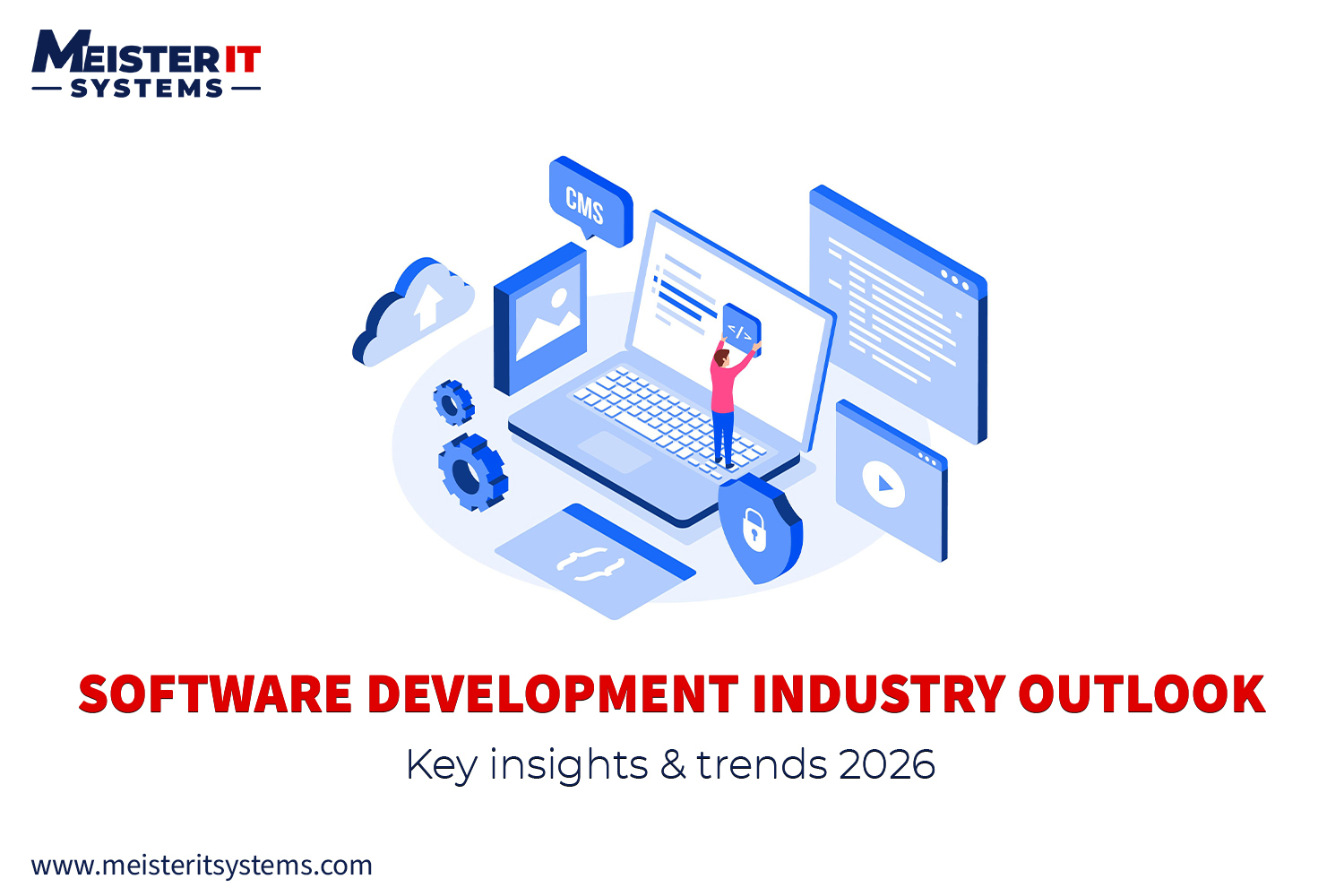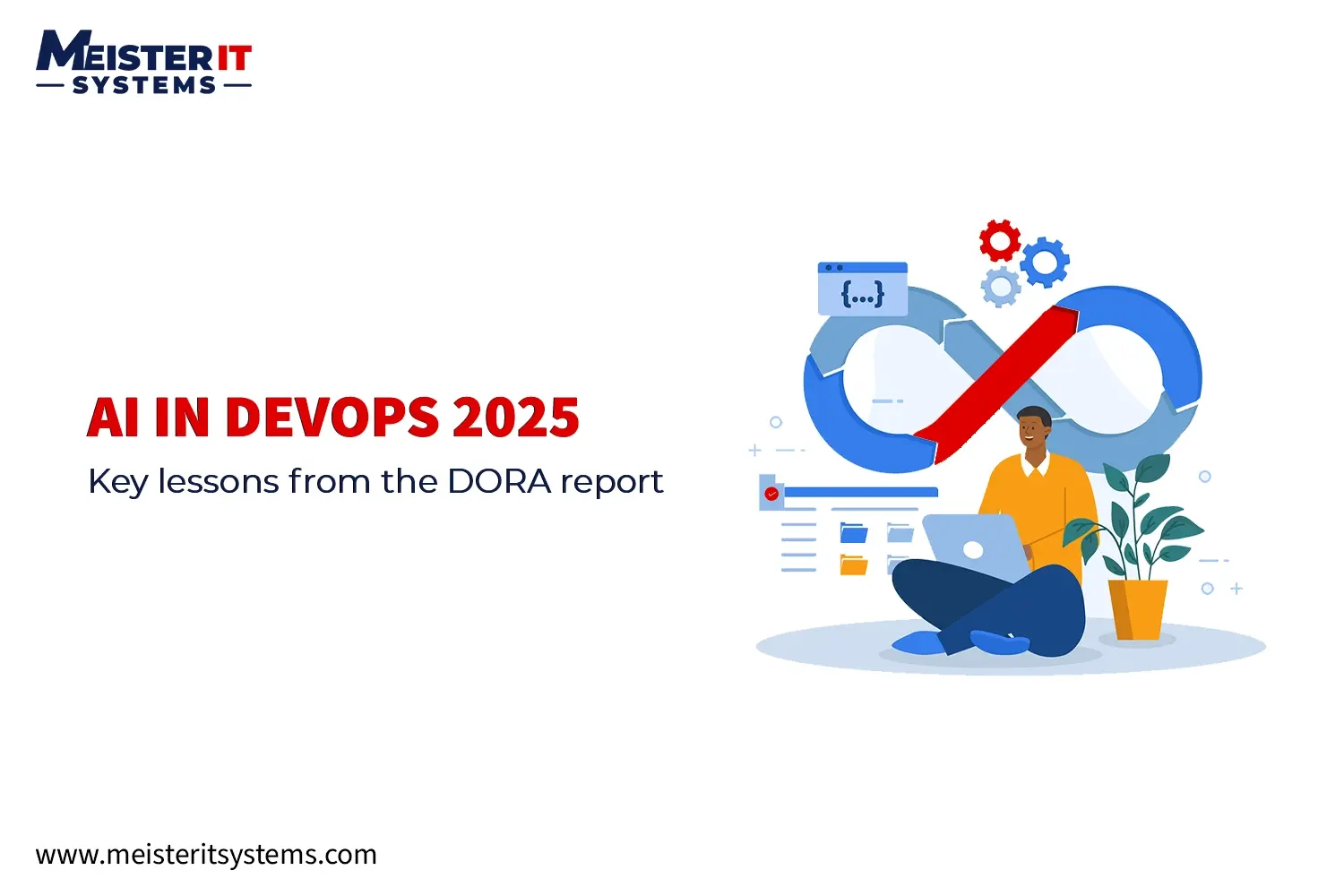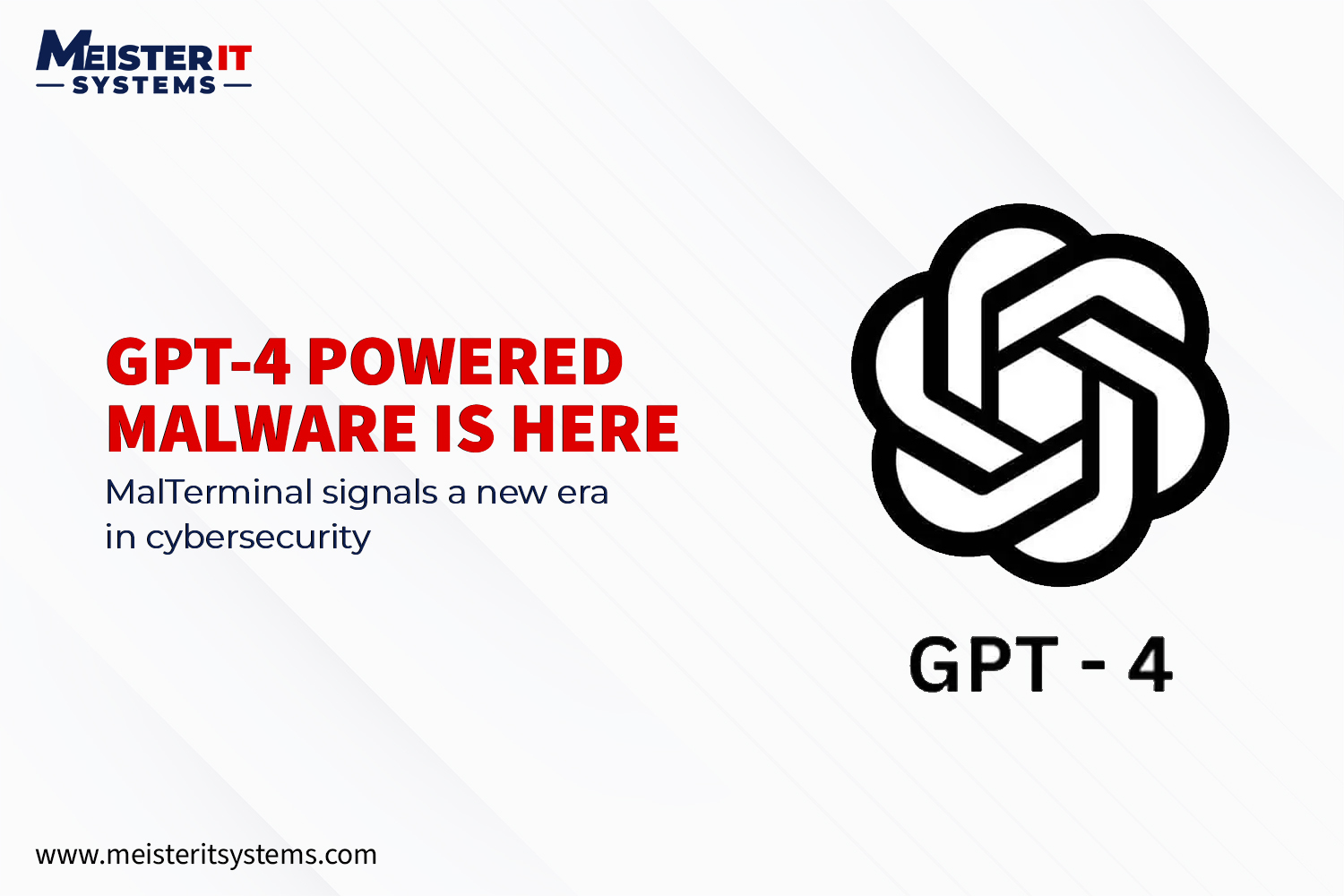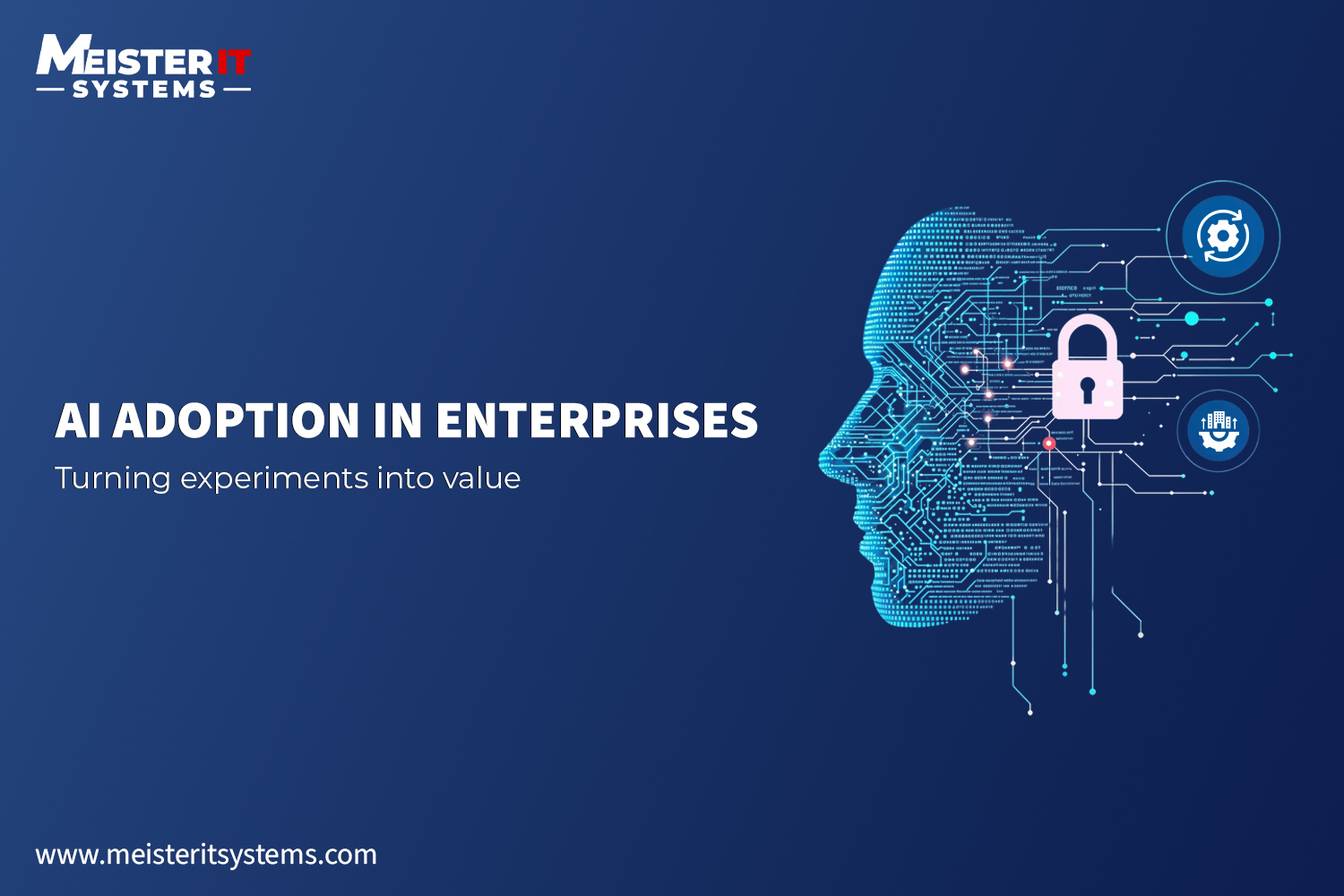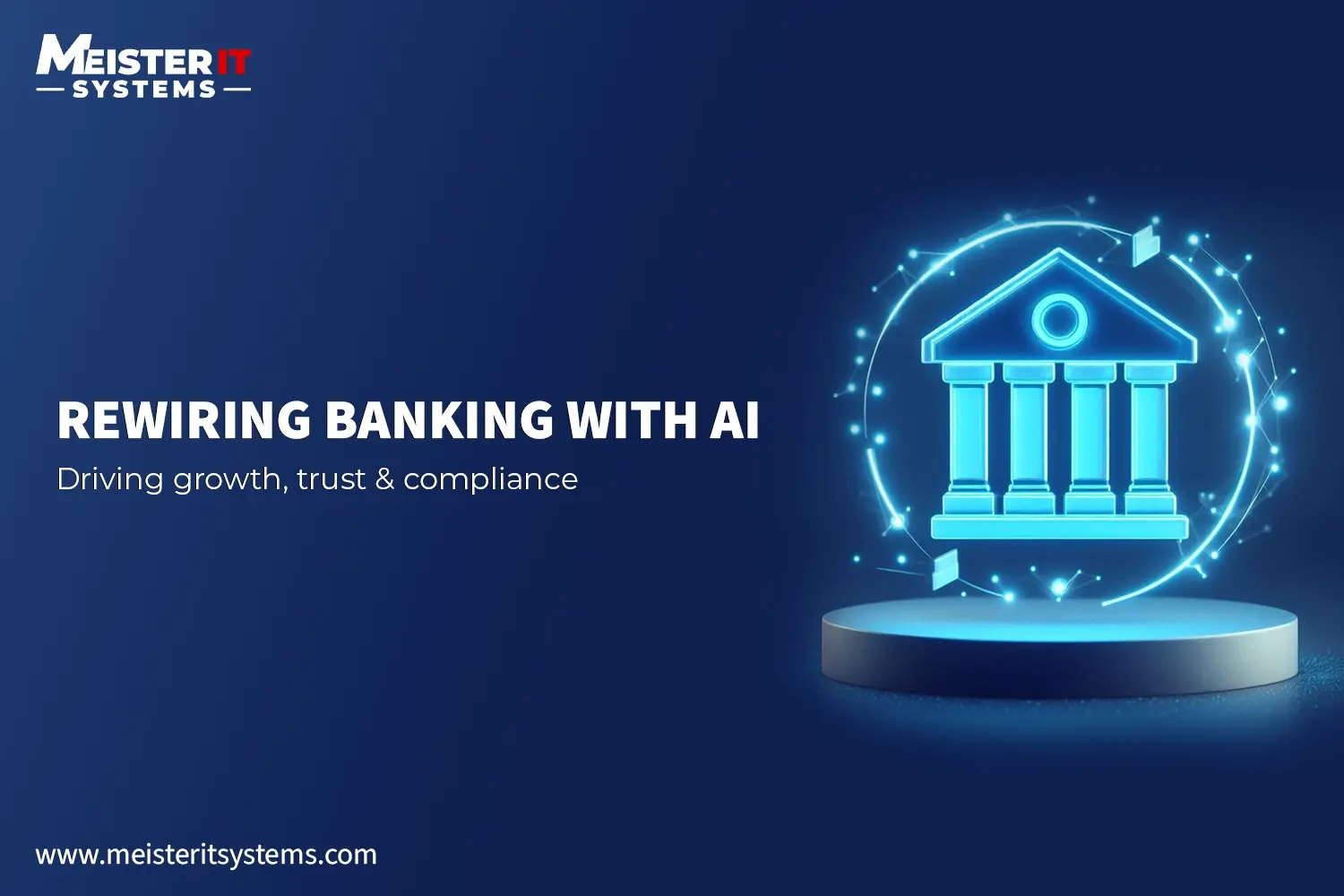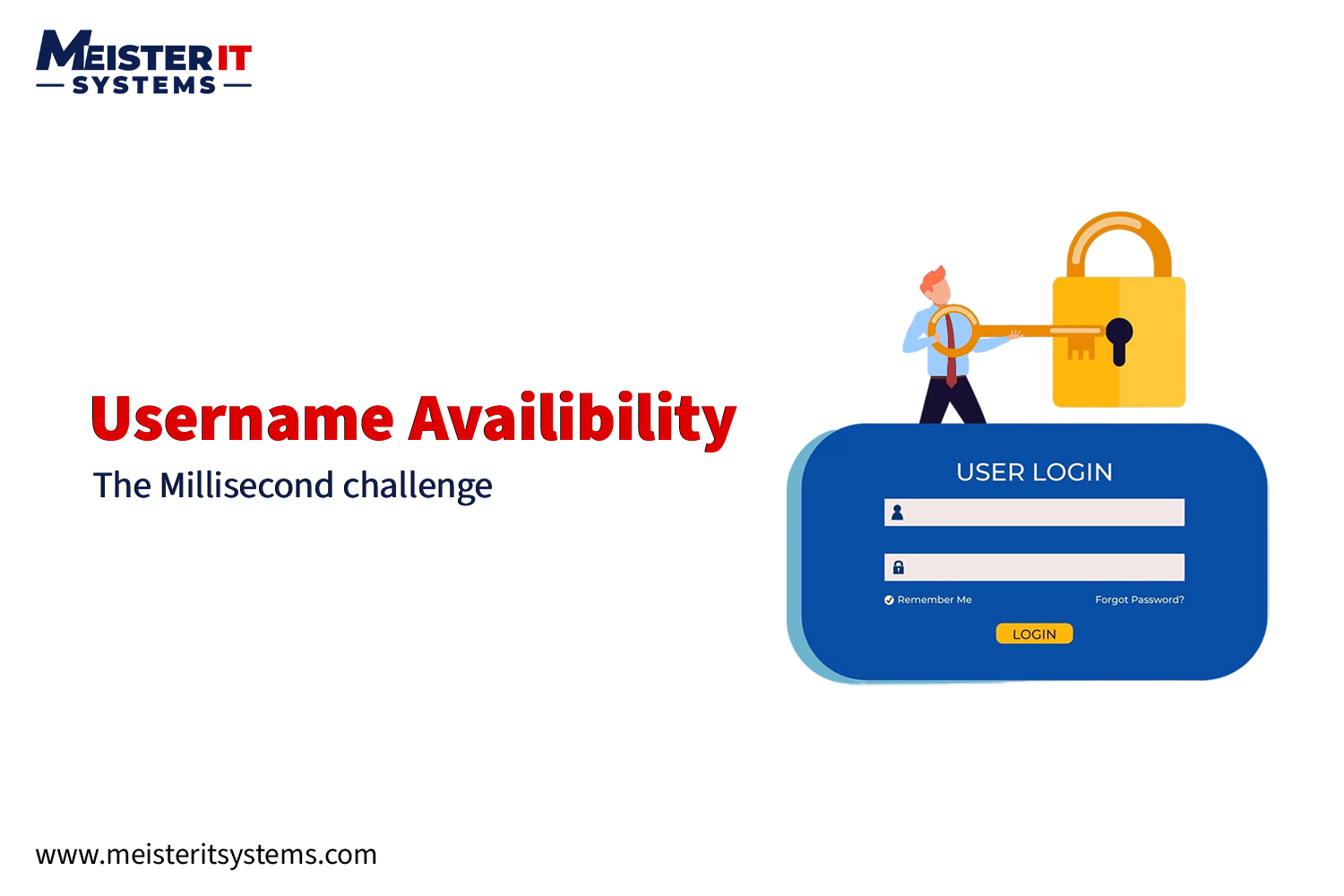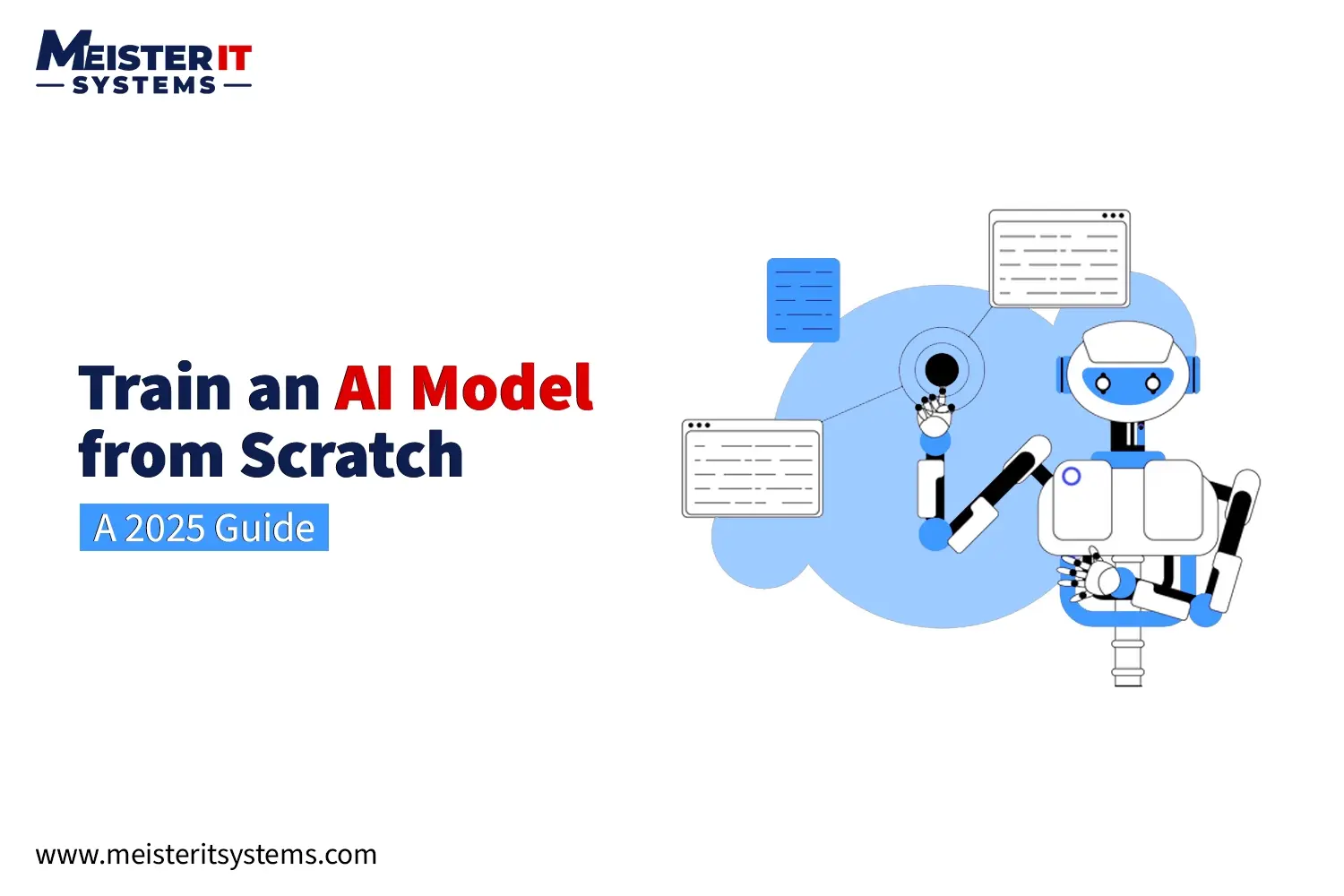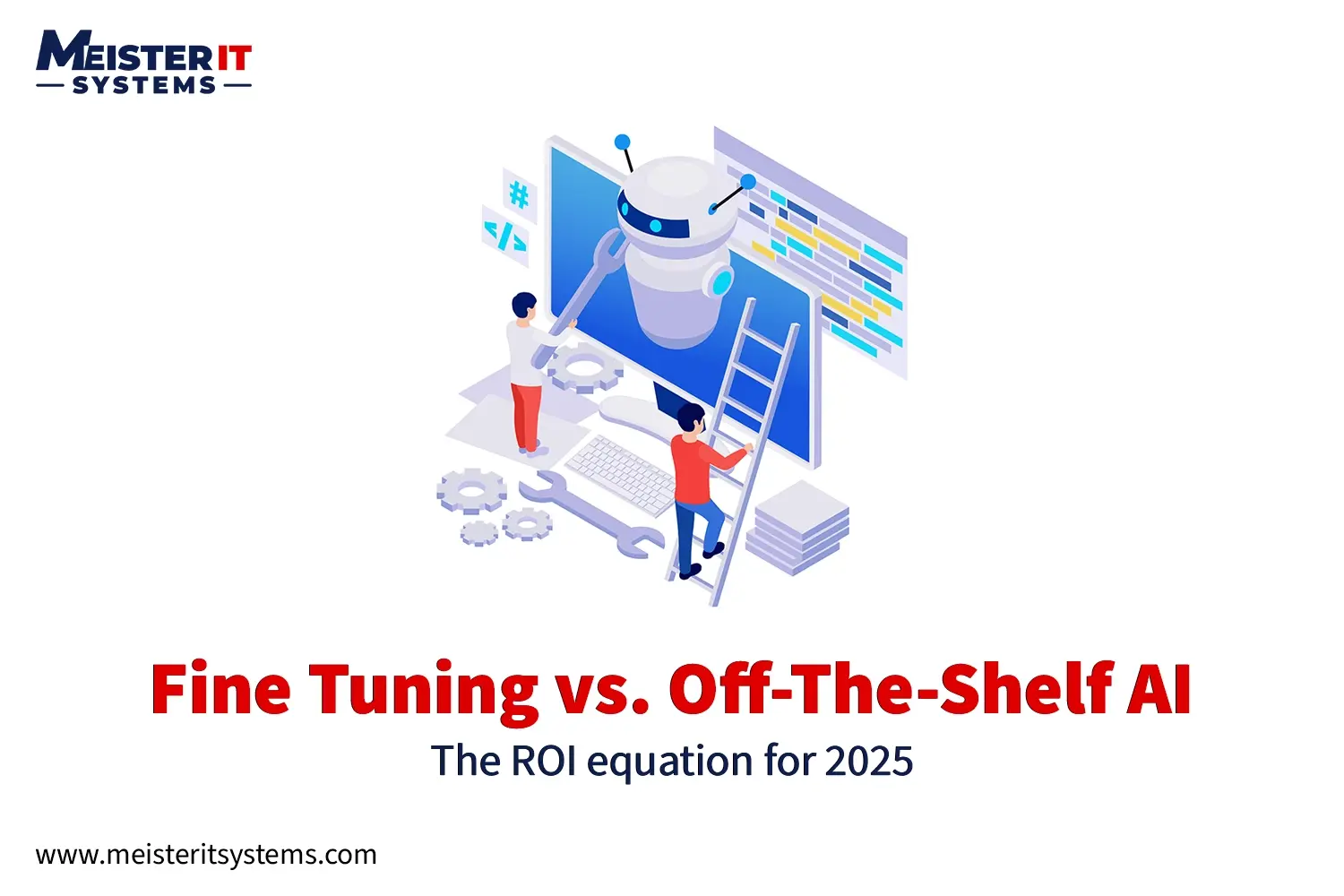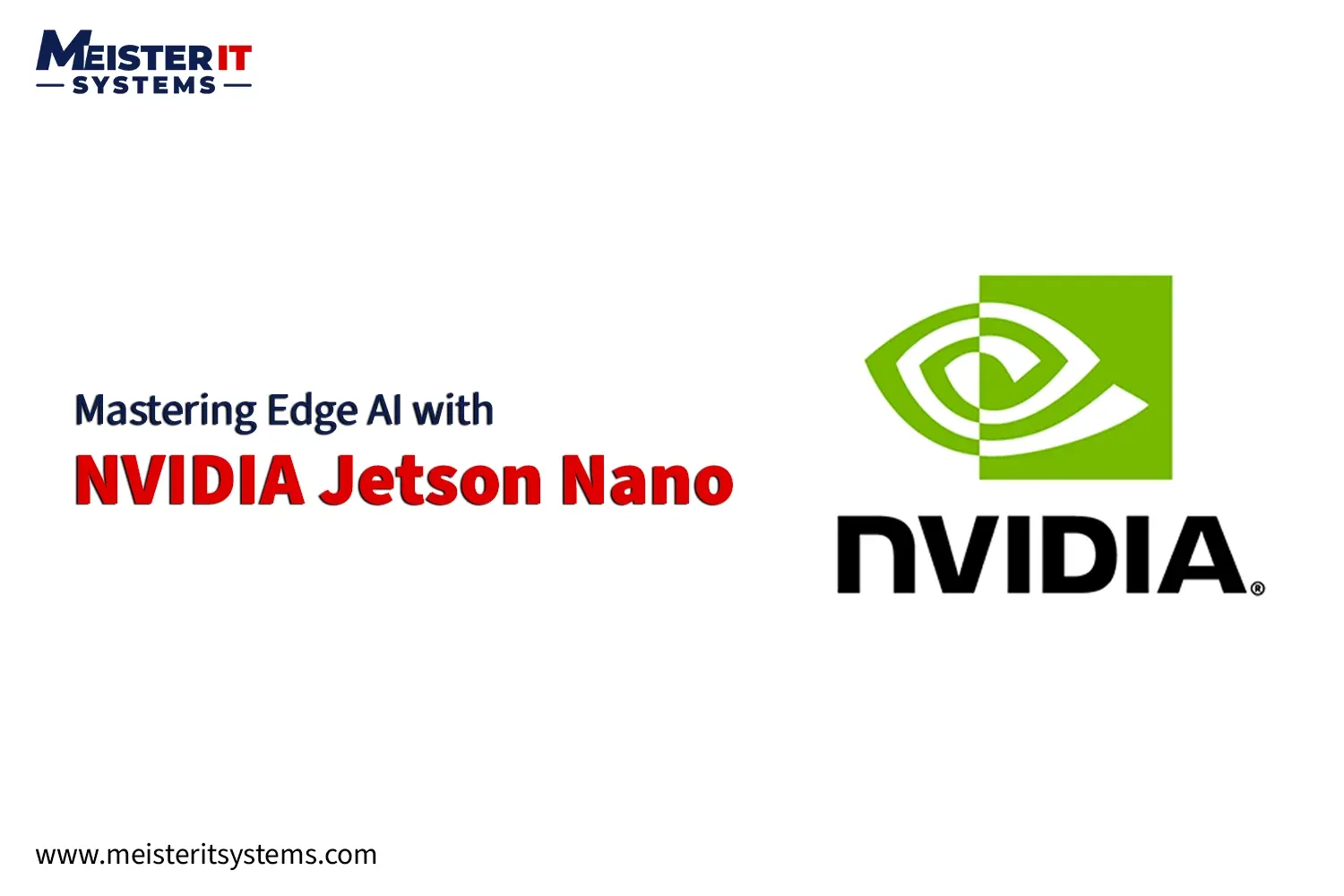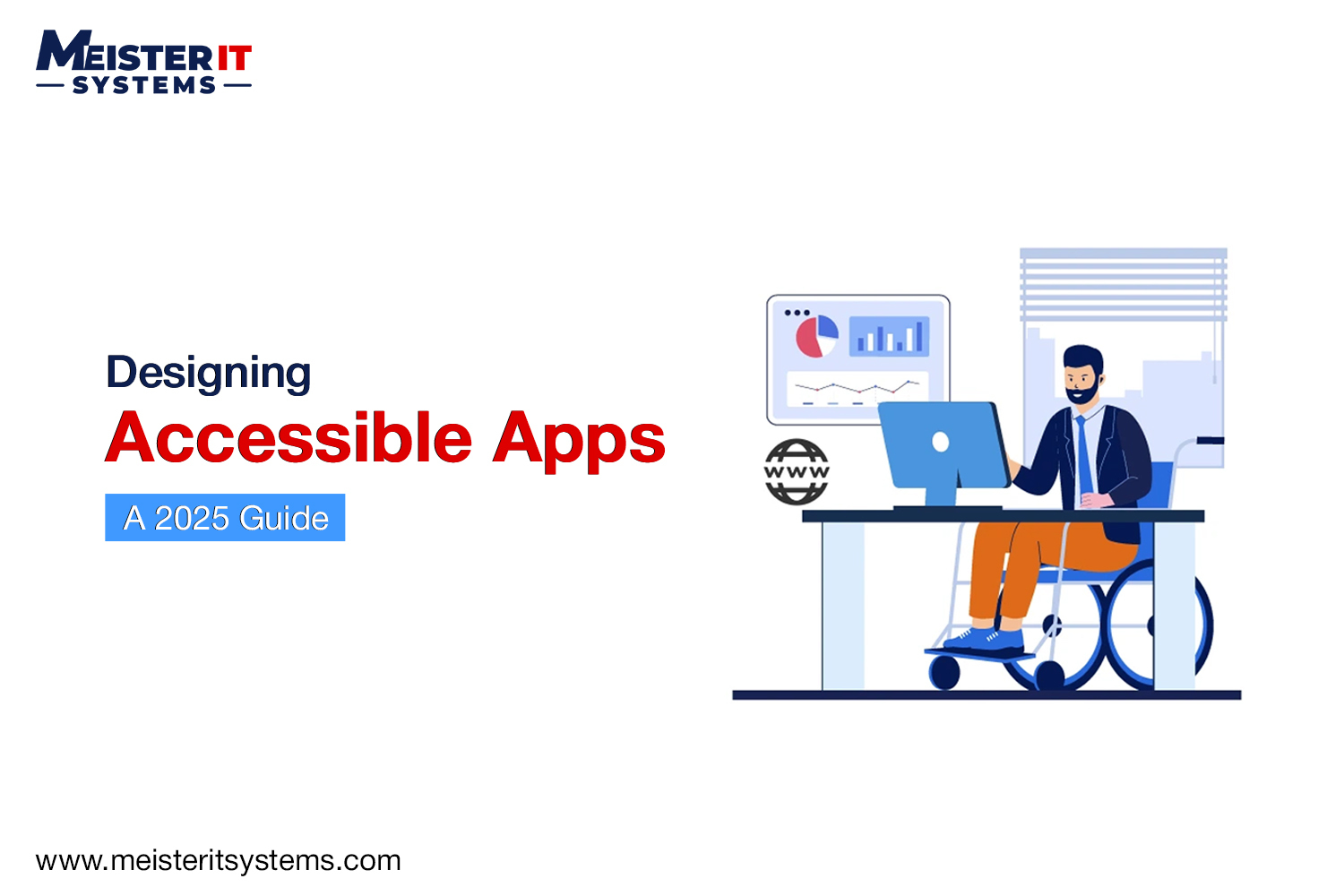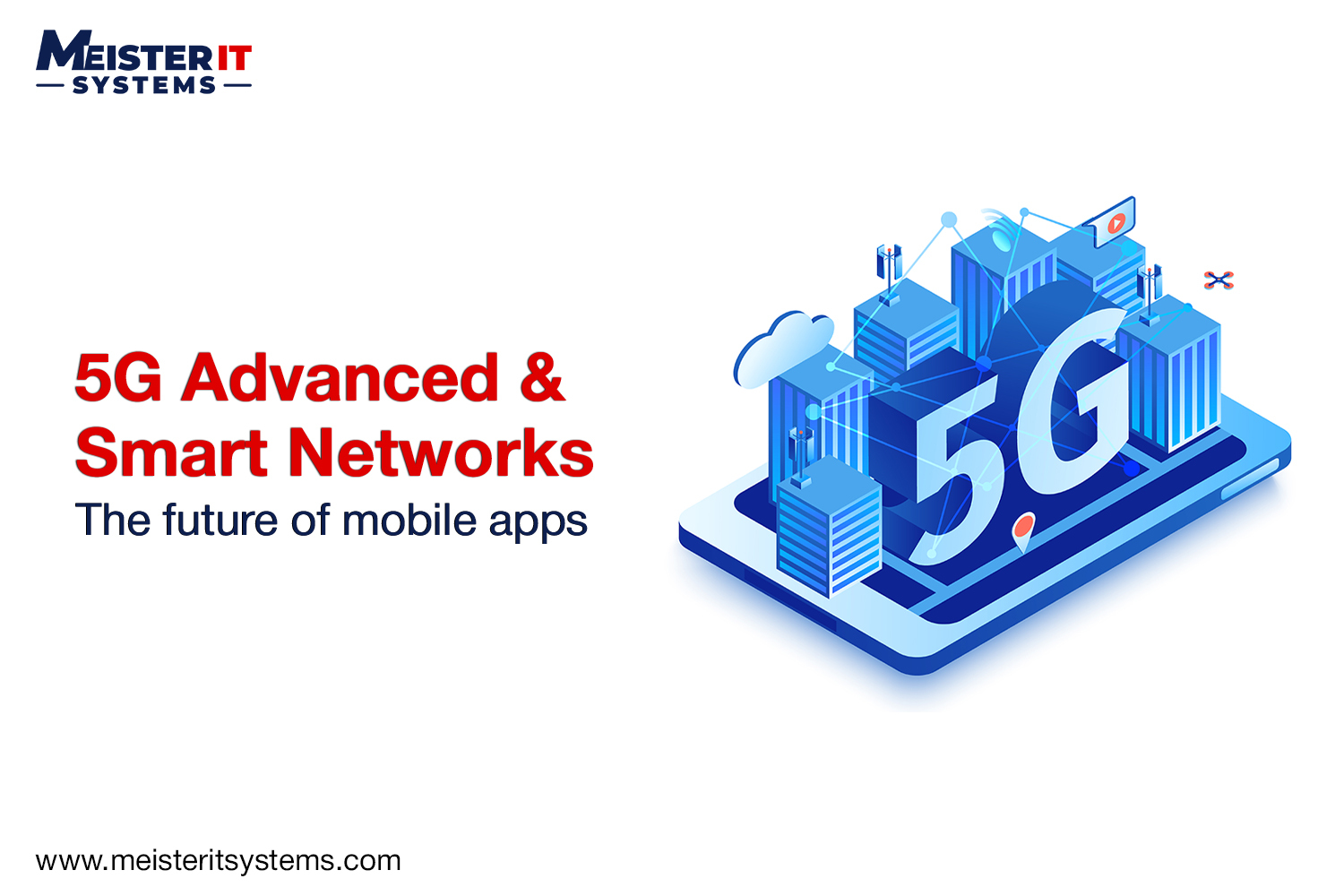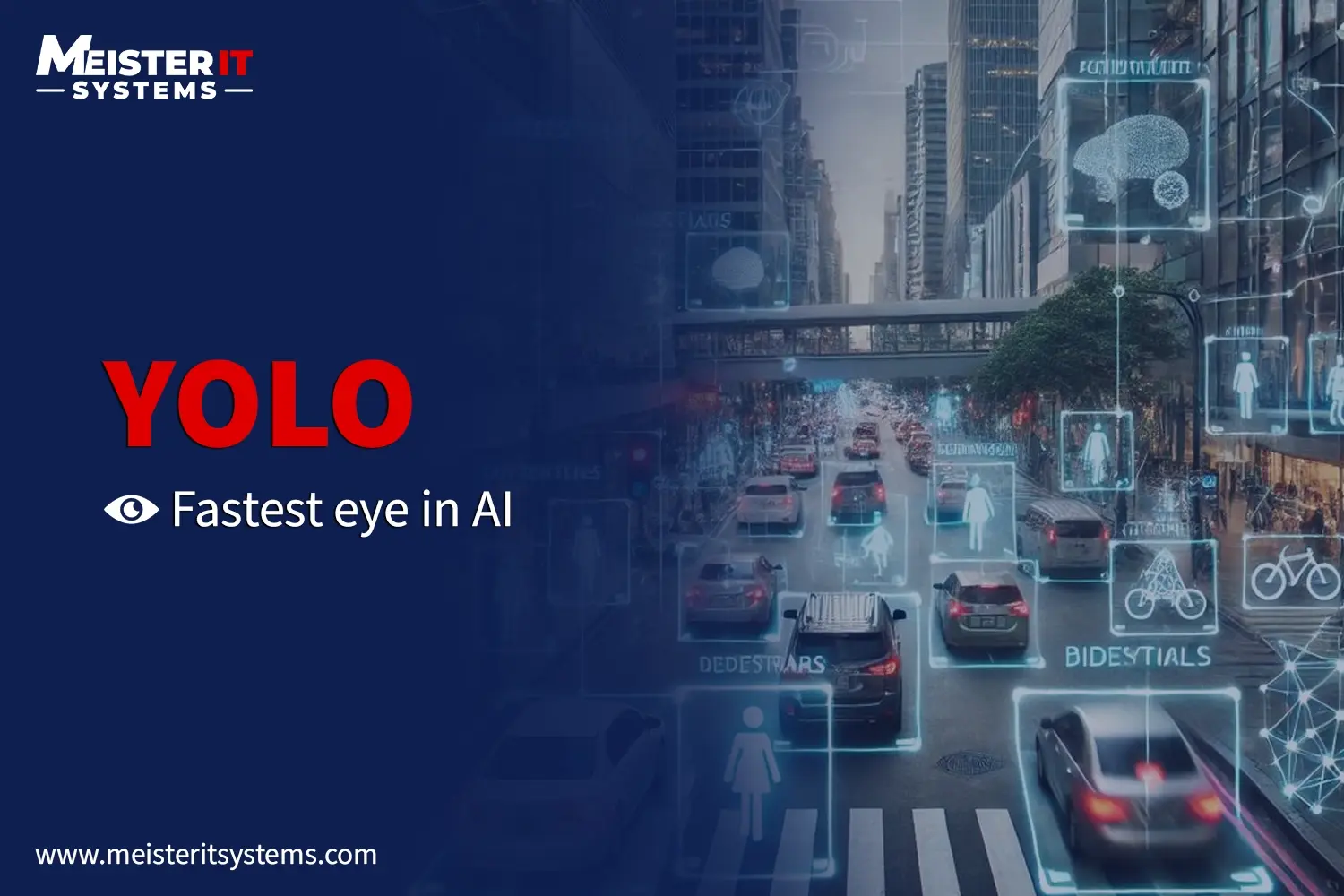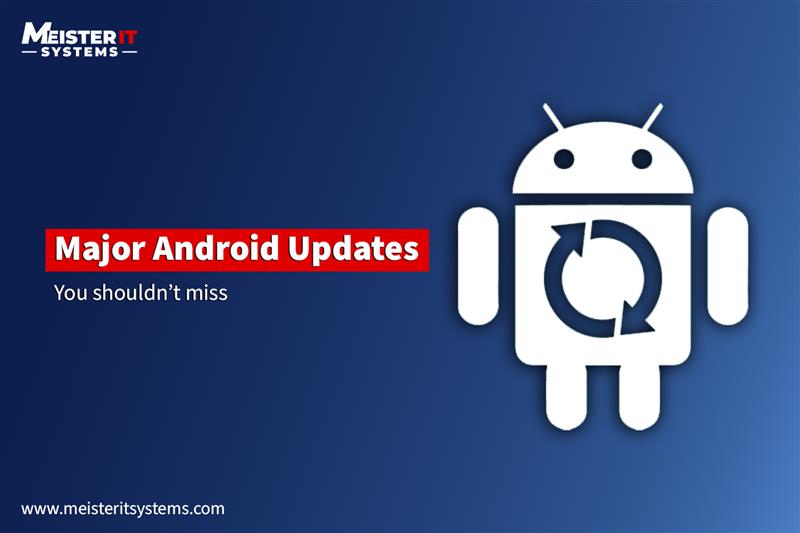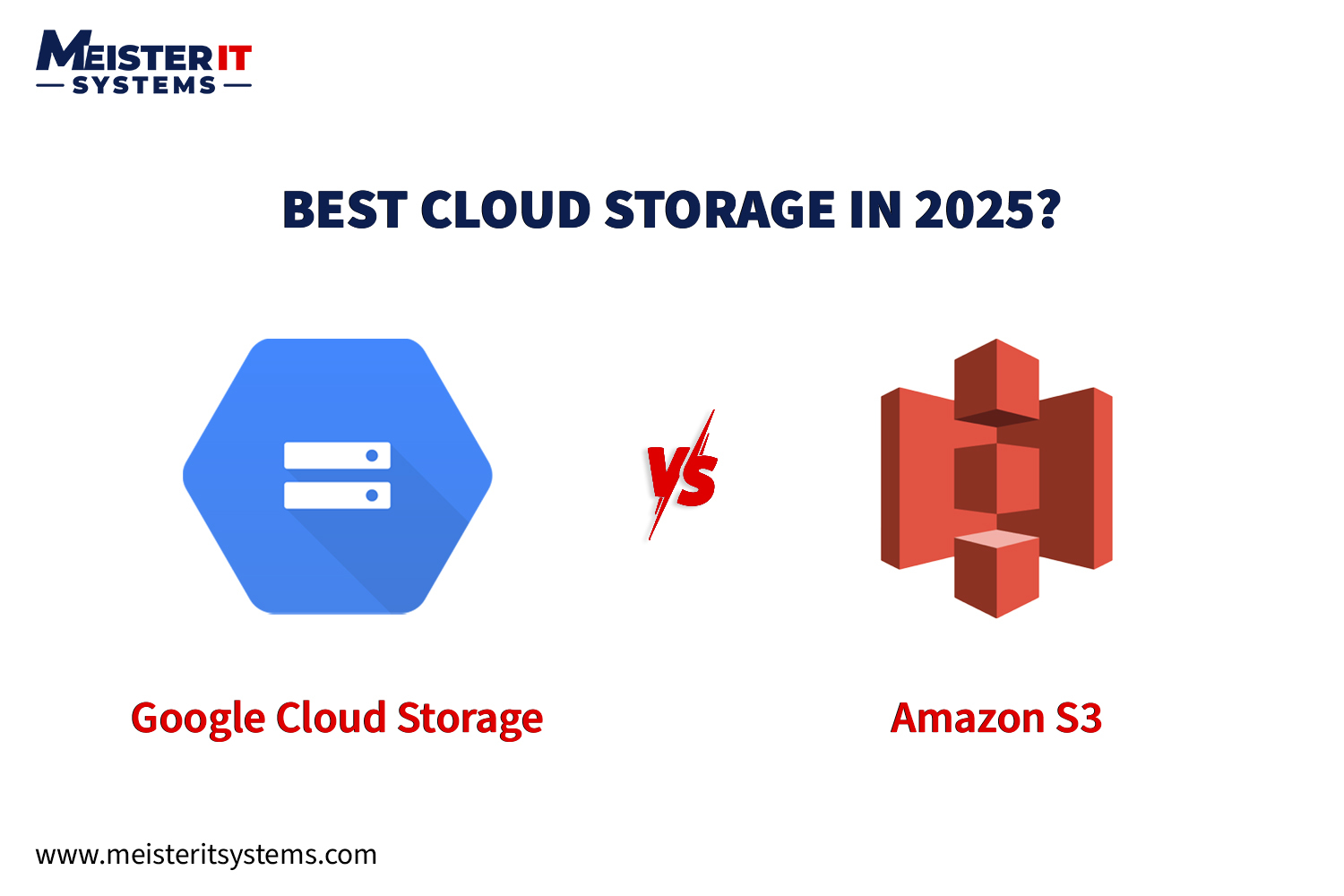
Introduction
The cloud wars of the past decade were about computers. In 2025, the battlefield is storage. Whether it is reducing petabyte-scale costs, enabling real-time analytics, or integrating with AI workloads, the choice between Google Cloud Storage (GCS) and Amazon S3 is no longer about features. It is about competitive advantage.
Both services share the fundamentals of durability, scalability, and security. The real differences appear in pricing models, performance, and ecosystem fit. This guide compares Google Cloud Storage and Amazon S3 in detail to help you choose the right option for your business.
What Do Google Cloud Storage and Amazon S3 Offer?
At their core, both Google Cloud Storage and Amazon S3 provide object storage. Unlike block or file storage, object storage is designed for unstructured data like images, videos, logs, backups, and large datasets.
Shared features include:
- Durability: Both promise 11 nines (99.999999999%) durability.
- Elastic Scalability: Storage grows automatically with demand.
- APIs and SDKs: Developers can build and integrate apps easily.
- Security and Compliance: Encryption by default, GDPR/HIPAA/SOC/PCI DSS support.
At the foundation, they deliver the same promise: reliable, scalable cloud storage. The differences emerge in pricing, performance, and ecosystem fit.
Google Cloud Storage vs Amazon S3 Pricing in 2025
Pricing is often the deciding factor, but both services bill based on three key factors: storage, requests, and data transfer.
a) Amazon S3 Pricing Explained
AWS S3 offers a wide array of storage classes for different access patterns. Pricing includes storage, data transfer out, and requests (PUT/GET/LIST).
- Storage Classes: S3 Standard, S3 Intelligent-Tiering, S3 Glacier, S3 Glacier Deep Archive.
- Unique Feature: Intelligent-Tiering automatically optimizes costs by shifting data between tiers.
b) Google Cloud Storage Pricing Explained
Google Cloud Storage provides fewer, simpler classes and is known for predictable pricing. Like S3, it bills for storage, requests, and egress.
- Storage Classes: Standard, Nearline, Coldline, Archive.
- Unique Feature: GCS Archive storage is simpler and often cheaper for long-term archival compared to Glacier.
Pricing and Storage Class Comparison: S3 vs GCS
Here is a comparison of Amazon S3 and Google Cloud Storage of pricing and storage classes.
| Storage Tier | Amazon S3 (AWS) | Google Cloud Storage (GCP) | Best Use Case |
|---|---|---|---|
| Hot / Standard | S3 Standard | GCS Standard | Frequently accessed data, apps, websites |
| Infrequent Access | S3 Standard-IA, Intelligent-Tiering | GCS Nearline | Data accessed monthly or less |
| Cold Storage | Glacier | GCS Coldline | Data accessed once or twice per year |
| Deep Archive | Glacier Deep Archive | GCS Archive | Long-term archival and compliance data |
Real 2025 Pricing Examples
To put these tiers into perspective, here are real-world storage rates as of 2025:
- Amazon S3 Standard: $0.023 per GB/month for the first 50 TB, dropping to $0.021 beyond 500 TB.
- Amazon S3 Glacier Deep Archive: $0.00099 per GB/month, the lowest-cost long-term option.
- Google Cloud Storage Standard: $0.020 per GB/month for the first 1 TB.
- Google Cloud Storage Archive: $0.0025 per GB/month, often cheaper than Glacier for retrieval-heavy archives.
Example at Scale:
- Storing 100 TB in S3 Standard costs about $2,250/month.
- The same 100 TB in GCS Standard is about $2,000/month.
- Moving that 100 TB to GCS Archive reduces the cost to just $250/month (before retrieval charges).
Verdict on Pricing:
- GCS usually has slightly lower per-GB storage rates.
- S3 shines with Intelligent-Tiering for unpredictable workloads.
- For deep archives, S3 offers the lowest storage cost, but GCS may save more on retrievals.
Performance and Reliability: AWS S3 vs Google Cloud Storage
Raw speed and reliability shape user experience, analytics outcomes, and cost efficiency.
a) Amazon S3
- Runs across 30+ AWS regions with thousands of edge locations.
- With S3 Express One Zone, latency can drop to single-digit milliseconds, making it ideal for real-time applications.
Example: A global e-commerce company uses S3 Express to deliver product images and recommendations instantly to millions of customers across continents, ensuring site speed directly supports sales conversion.
b) Google Cloud Storage (GCS)
- Uses Google’s private backbone, the same low-latency network that powers YouTube and Google Search.
- Multi-region and dual-region buckets provide built-in redundancy and low latency, especially for analytics-driven workloads.
Example: A media streaming service stores video assets in GCS dual-region buckets. Using Google’s backbone, it delivers smooth, buffer-free HD and 4K streams to millions of users worldwide while also running real-time engagement analytics in BigQuery on the same data.
Verdict on Performance:
- Choose S3 if you need global reach, ultra-low-latency content delivery, or if your workloads rely on high availability across multiple geographies.
- Choose GCS if your business is analytics-heavy, AI/ML-driven, or streaming-focused, where Google’s backbone provides unmatched throughput for large datasets.
Google Cloud Storage vs Amazon S3 Ecosystem and Integrations
The real power of cloud storage is unlocked when it integrates seamlessly with the broader cloud ecosystem. In 2025, the choice between AWS and Google Cloud often becomes clear.
- Amazon S3: Seamlessly integrates with EC2, Lambda, Redshift, Athena, EMR, and more. The backbone for AWS-native data lakes.
- Google Cloud Storage: Works smoothly with BigQuery, Vertex AI, and GKE. Best for AI-driven projects and organizations using Google’s analytics stack.
Verdict on Ecosystem Fit
- Choose S3 if your business is tightly woven into AWS services, especially if you need serverless workflows, enterprise BI, or massive-scale data lake architectures.
- Choose GCS if your roadmap is AI/ML-driven and you want frictionless integration with BigQuery, Vertex AI, and Google’s advanced analytics stack.
Security and Compliance in AWS S3 vs GCS
Both platforms are equally strong in security.
- Amazon S3: Offers granular access controls via IAM policies, AWS KMS encryption, and features like S3 Object Lock for WORM (Write Once, Read Many) storage.
- Google Cloud Storage: Provides default encryption, CMEK (Customer-Managed Encryption Keys) support, and VPC Service Controls. It uses IAM roles for fine-grained access control at the bucket and object levels.
Both are compliant with industry standards like ISO, FedRAMP, HIPAA, and PCI DSS.
Which Cloud Storage Is Simpler: S3 or GCS?
- Amazon S3: The AWS Management Console is feature-rich but can be complex for beginners, with many options and a steep learning curve.
- Google Cloud Storage: GCS is known for its simpler interface, fewer decision points, and a more intuitive user experience, making it easier to manage for smaller teams or those new to cloud storage.
Quick Feature Comparison
Below is the quick feature comparison of Amazon S3 and Google Cloud Storage.
| Feature | Amazon S3 | Google Cloud Storage |
|---|---|---|
| Durability | 99.999999999% (11 nines) | 99.999999999% (11 nines) |
| Regions | 30+ worldwide | 35+ (expanding) |
| Storage Classes | Standard, Intelligent-Tiering, Glacier, Deep Archive | Standard, Nearline, Coldline, Archive |
| Best For | Enterprise apps, multi-region ops | Analytics, AI/ML, Kubernetes |
| Ease of Use | More complex but flexible | Simpler and beginner-friendly |
| Archival Pricing | Glacier and Deep Archive | Coldline and Archive (often cheaper on retrieval) |
| Integration | Strong AWS ecosystem | Strong GCP ecosystem |
Which One Should You Choose?
There isn’t a single “winner” between Google Cloud Storage and Amazon S3. The right choice depends on your existing infrastructure and your business needs.
Choose Amazon S3 if
- You already use AWS services extensively.
- Global coverage and a mature, feature-rich platform are important.
- You need to manage complex data lifecycles with granular control.
Choose Google Cloud Storage if
- Your business relies heavily on AI, ML, or big data analytics.
- You want simpler, more predictable pricing, especially for archival workloads.
- Your team prefers an easy-to-use interface and a straightforward approach to cloud storage.
Conclusion
The choice between Google Cloud Storage and Amazon S3 isn’t about one being better. It’s about which aligns with your workloads, pricing model, and ecosystem.
At MeisterIT Systems, we help companies design, migrate, and optimize cloud storage strategies, whether on AWS, Google Cloud, or a hybrid model. If you’re evaluating your options for 2025, our team can guide you to a cost-effective, future-proof solution.
Contact us today!
FAQs About GCS vs S3
Q1: Is Google Cloud Storage cheaper than Amazon S3?
A1: It depends on your workload. While GCS often has slightly lower raw storage rates, the final cost depends on usage patterns, request types, and egress. For many archival workloads, GCS is a more cost-effective choice.
Q2: Can I migrate between S3 and GCS?
A2: Yes, both providers have tools to facilitate this. You can use Google’s Storage Transfer Service or third-party migration platforms, but be aware of potential egress fees.
Q3: Which one is better for startups?
A3: GCS is often easier for teams just starting with cloud storage due to its simplicity. However, S3 is a better long-term fit if the startup is already building on AWS services.
Q4: Do both support hybrid or multi-cloud setups?
A4: Many enterprises employ multi-cloud strategies, utilizing both providers to optimize for different workloads and mitigate vendor lock-in.
Q5: Is performance really different between them?
A5: Yes. While both are incredibly fast, S3 is strong for general global coverage, while GCS can perform better for data-heavy, analytics-driven jobs due to its private network.



